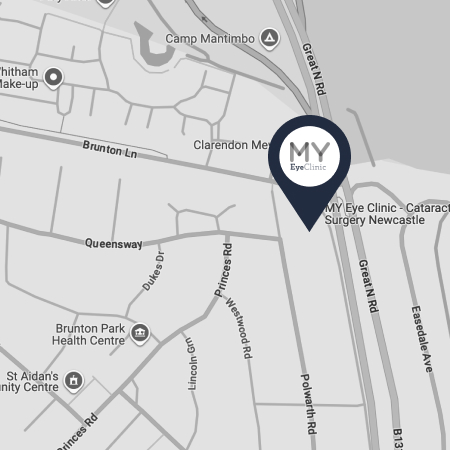
What happens during a laser eye surgery consultation?
Thinking about laser eye surgery? One of the first steps is booking a consultation. But what actually happens during that visit?
If you're nervous, you're not alone. Many people worry it will be uncomfortable, full of medical jargon, or that they’ll be pressured to decide straight away.
The truth? It's usually the opposite. A laser eye surgery consultation is designed to be informative, comfortable, and totally pressure-free.
In this blog, we’ll walk you through:
- What to expect at your consultation
- What tests we’ll do
- How we decide if you’re suitable
- What happens next if you are
Why have a consultation at all?
Laser eye surgery isn’t one-size-fits-all. Everyone’s eyes are different and the only way to know if you’re suitable is with a thorough assessment.
The consultation is your chance to:
- Learn about your options (LASIK, LASEK, or TransPRK)
- Get answers to your questions
- Understand what kind of results you can expect
How long does it take?
The appointment usually takes between 60 and 90 minutes.
We take our time because your vision matters and we want to get it right.
Step 1: A friendly welcome
When you arrive, you’ll be greeted by our team. We’ll explain what’s going to happen and answer any questions upfront.
Step 2: Advanced eye scans and tests
We use state-of-the-art technology to assess your eyes. Some of the tests we do include:
- Corneal topography: A scan that maps the shape and thickness of your cornea
- Refraction test: Measures your current prescription
- Pupil size analysis: Especially important in low-light situations
- Tear film analysis: To check for dry eye risk
- Wavefront analysis: Looks at the tiny imperfections in your vision
These assessments (other than tear film analysis) will be carried out by our Optometrist. All patients are seen by the Optom for a 30 min assessment before going in with the consultant for a 45 min assessment.
Step 3: Eye exam with your surgeon or optometrist
Next, you’ll meet with the specialist. They’ll:
- Review your test results
- Perform a slit-lamp exam (a close look at the front of your eye)
- Check your overall eye health
This is your chance to have a conversation about your goals, your lifestyle, and your expectations.
Step 4: Are you suitable?
Based on your eye health, prescription, and personal needs, we’ll tell you if you’re suitable — and if so, which procedure is best.
You might be suitable for:
- LASIK: Quick recovery, suitable for most people
- LASEK: Great for thinner corneas or active lifestyles
- TransPRK: No-touch option, ideal for certain eye shapes
If you’re not suitable, we’ll explain why and discuss any other options that might help.
Step 5: What happens next?
If you’re a candidate and you feel ready, we can talk about scheduling your procedure.
But there’s no pressure. We give you time to think things through and discuss it with family or friends.
We’ll also explain:
- The procedure in more detail
- What recovery is like
- Risks and benefits
- Payment options and finance plans
Is the consultation safe?
Yes. All of our assessments are non-invasive and painless. You may have some light sensitivity after your pupil dilation, but that wears off quickly.
You’re in safe hands from the moment you arrive.
Take the next step
A consultation is the best way to get clear answers and expert guidance with zero obligation to go ahead.
Take our free self-test to see if you’re likely to be suitable. Then book your consultation with confidence.
Find out if you are suitable for vision correction
Vision correction isn’t suitable for everyone.
The first step is to take the self test so you can find out whether you can benefit.




